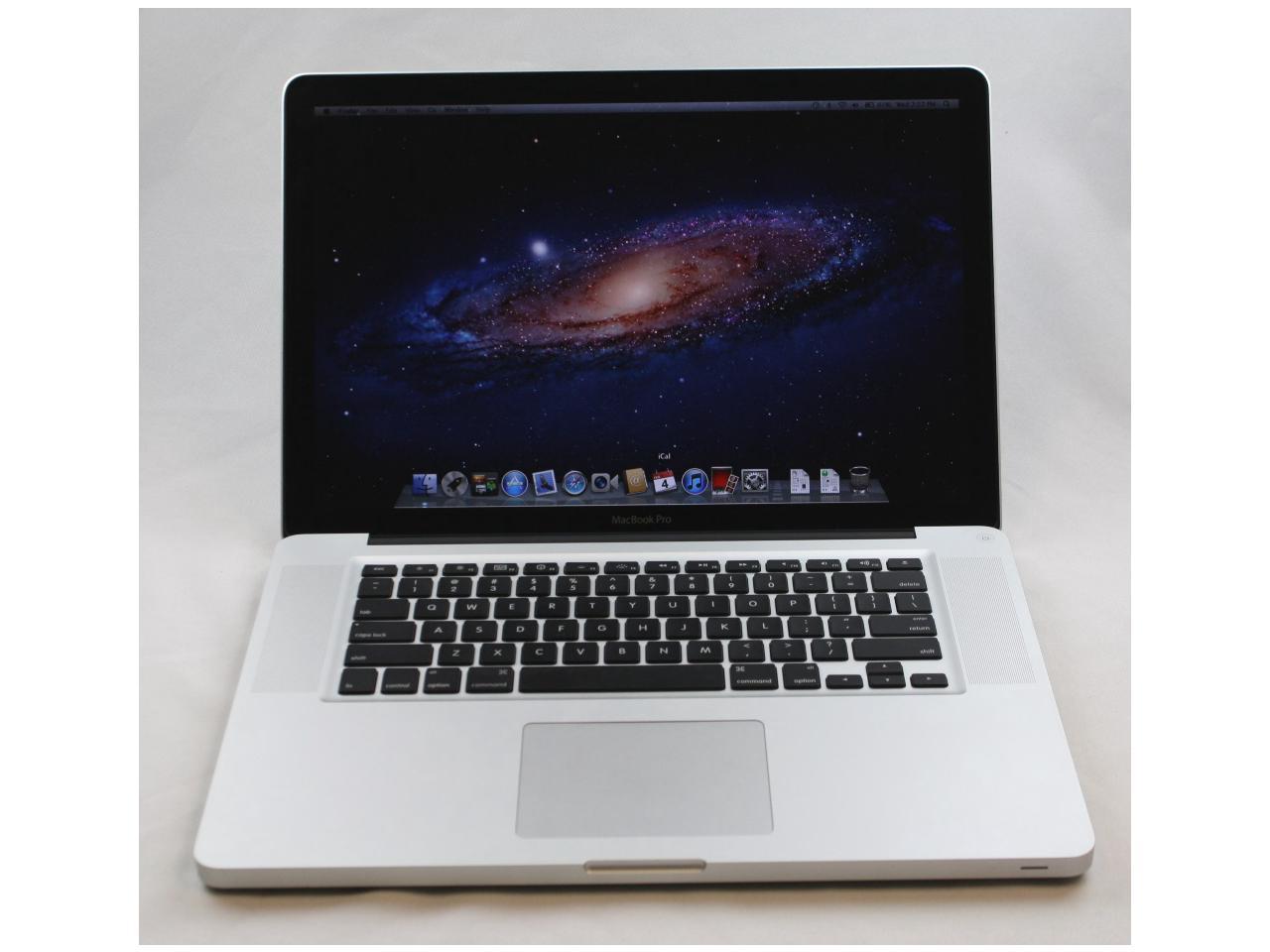



On the other hand, Apple still doesn’t offer a matte screen option. In a side-by-side comparison using new and previous-generation MacBook Pro laptops, we observed fairly significant differences in the rendering a color photo test image–in particular, heightened intensity in the red and green spectra. Similarly, Apple’s Color Sync utility detected an expanded range of visible color in the red and green areas.

The new 15-inch MacBook Pro is available in three processor speeds: 2.53GHz, 2.66GHz, and 2.83GHz. Each comes configured with DDR3 SDRAM (as compared with the MacBook’s DDR2 memory), and 4GB of 1066MHz DDR3 SDRAM, upgradable to 8GB. The specs of the least-powerful (2.53GHz) version closely resemble those of the new 13-inch MacBook Pro and of the white 2.13GHz MacBook in particular it carries a single nVidia GeForce 9400M integrated graphics chip, whereas the 2.66GHz and 2.83GHz versions combine the 9400M chip and a discrete nVidia GeForce 9600M GT graphics chip. Overall, the three versions of the 15-inch MacBook Pro produced fairly similar overall performance, as the 2.83GHz unit outpaced the 2.53GHz unit by just 9.7 percent. In Macworld’s Quake 4 test, however, the high-end version’s frame rate was more than twice that of the low-end version, and more than 10 percent better than the midlevel 2.66GHz version’s. Similarly in Macworld’s Call of Duty 4 test, the high-end unit more than doubled the low-end unit’s frame rate, but this time matched the midlevel unit’s frame rate–even though the high-end 15-incher has twice as much video RAM as the the midlevel version. On the back of that CPU / GPU combination, the high-end 15-inch MacBook Pro earned a 105 in PC WorldBench 6 tests running Windows Vista in Boot Camp. That’s a solid performance score for a desktop replacement-class machine and here, it’s plenty fast for whatever tasks you have to throw at it. Just make sure to not throw tasks at it for too long because of the aforementioned battery life.


 0 kommentar(er)
0 kommentar(er)
